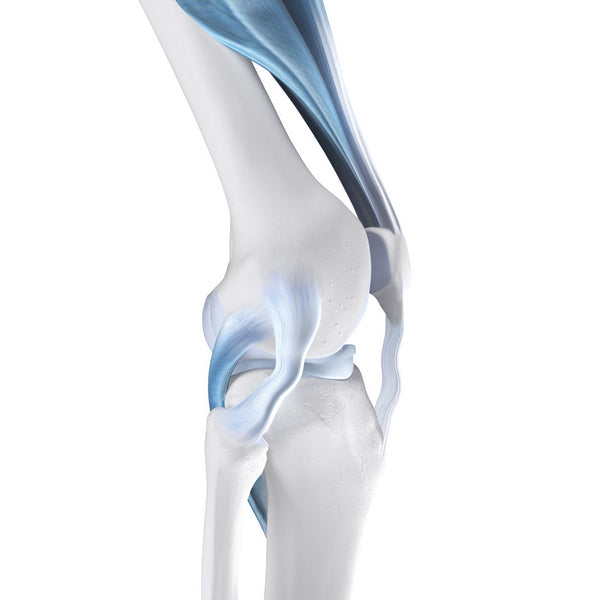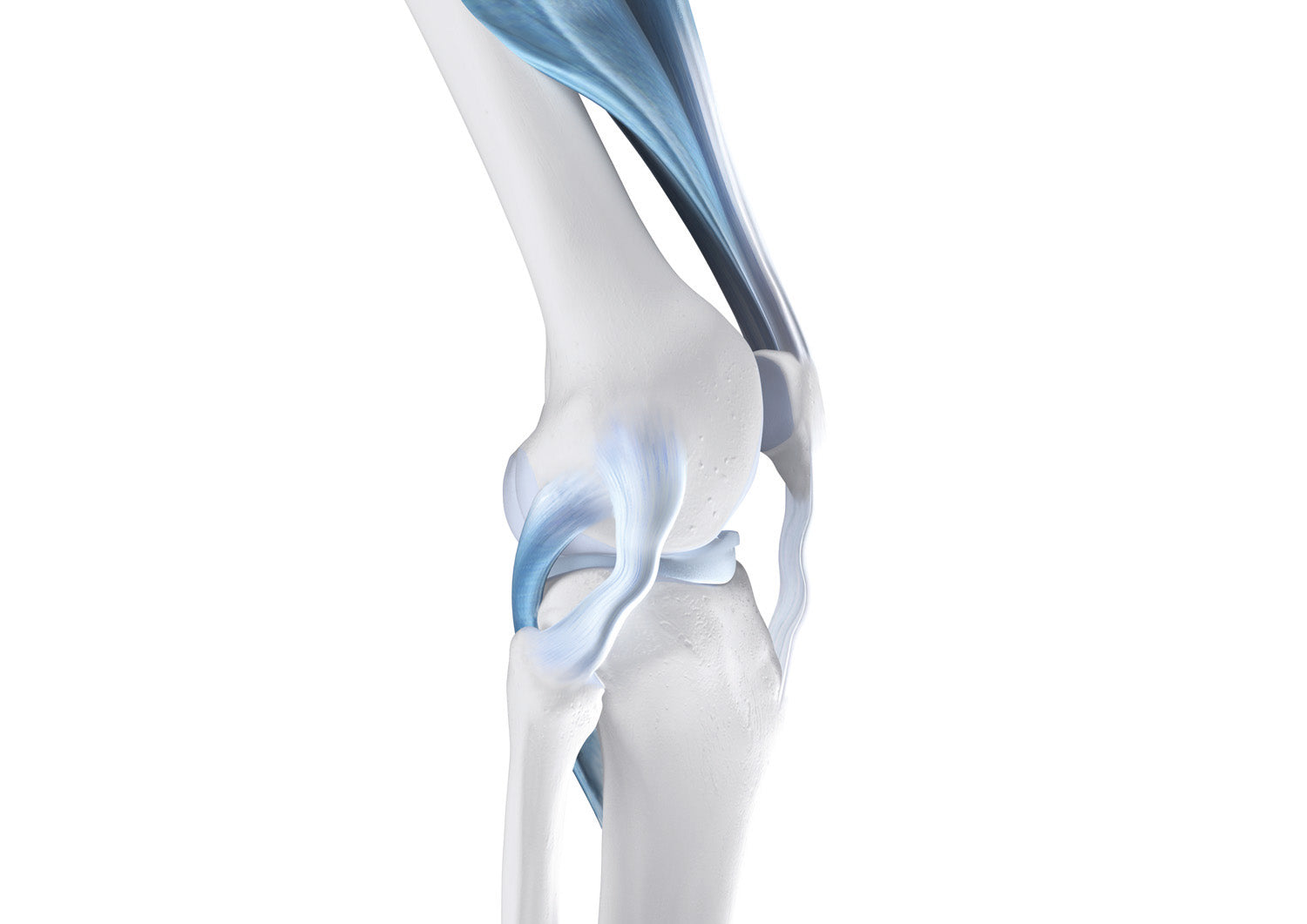Knee Instability

Whether it’s pain walking up and down the stairs, a wobbly feeling in the knees or your joints tend to buckle, it’s more than likely you’ve got knee instability. You’re not alone, with one in four adults affected. By combining bracing and supports with targeted therapy, you can get stability back and be confident in every step again.
What is knee instability?
The most heavily used joint in the body, your knee is also the largest joint there is. To take care of this heavy workload, the knee uses the ligaments and strong muscles in the joint to stabilise every movement. These structures combine with a capsule shape joint to form the capsular ligament apparatus, the primary part of your knee responsible for knee stability. If this is damaged or injured at all, your knee can become unstable and painful, buckling and giving way to uncontrolled movements. This can progress to more serious issues like osteoarthritis if not treated early.
Causes of knee instability

Unstable knees are most commonly caused by overstretched, strained and torn ligaments, often occurring in sports, accidents and sometimes genetics.
If the meniscus is damaged this can make it especially painful when moving up and down stairs, and lead to arthritis of the knee, as well as contributing to instability. Bursitis can also cause pain and lack of strength in the knee.
The type of instability is often classified based on its severity:
- Simple knee instability: only one part of the knee is damaged e.g. ligament strain or tear.
- Complex knee joint instability: Occurs when several structures are damaged, often interacting e.g. multiple ligaments and meniscus all torn.
- Chronic knee instability: This is a result of ongoing damage and deterioration over a number of years.
As a rule of thumb, the more ligaments/structures that are damaged, the more unstable the knee will be.
Typical symptoms of knee instability
Knee instability often presents as a feeling of unsecure walking, with pain occurring after increased strain (running, sports, lack of rest etc) Over time, as the issue is aggravated, even mildly, the knee can buckle. From here, if the instability is not diagnosed and treated, the cartilage is at greatly increased risk of wear and tear, leading to osteoarthritis, which is not reversible and can only be managed.

How do you get diagnosed?
Best performed by an orthopaedic surgeon, examination can also be done by an experienced physio or other specialist. There are a few different tests that can be done to confirm various levels of stability, and these are usually performed in the clinic by manuipulating the knee in various positions and movements. This will help them to confirm which parts of the knee are affected and not, and provides a much clearer insight into the instability.
If the test successfully confirms instability, this will usually be correlated with imaging methods like MRI, x-ray or ultrasound, to locate the exact issue and provide the best information to look at treatment.
Treatment and therapy for an unstable knee
Depending on how severe the issue is, the treatment is normally conservative (non-surgical). In the instance that it’s an injured ligament, the knee needs time to heal before proper treatment is undertaken. This is mostly done with a combination of physiotherapy and targeted exercises to build up muscle, and is often best support with the use of stabilising knee supports.
If the damage is too severe for therapy alone, surgery is often the best course of treatment, coupled with post-op therapy and bracing.
Active support for knee stability – Relief and support

In addition to conservative therapy, post-op recovery or general injury recovery, supports and braces work to provide stability to the muscular and skeletal system, relieving pain and providing mobility. The GenuTrain family is a range of knee supports that use a special knit fabric that combines with special gel pads to improve the neural response and movement of the knee. The sensory boost givent o your nerves here works to greatly improve recovery of the knee from even the most traumatic injuries. By stimulating these areas, the muscles in your knees gain more power and control, giving you more stability and controlled movements. This stable hold on every movement gives you confidence and pain relief so you can enjoy everyday life.
For assistance selecting the right product for your needs, call us on 1300 668 466.
Do you have private health? Most private health extras will cover Bauerfeind Products, check to see if yours is included. Bauerfeind Private Health Insurance Inquiry.




